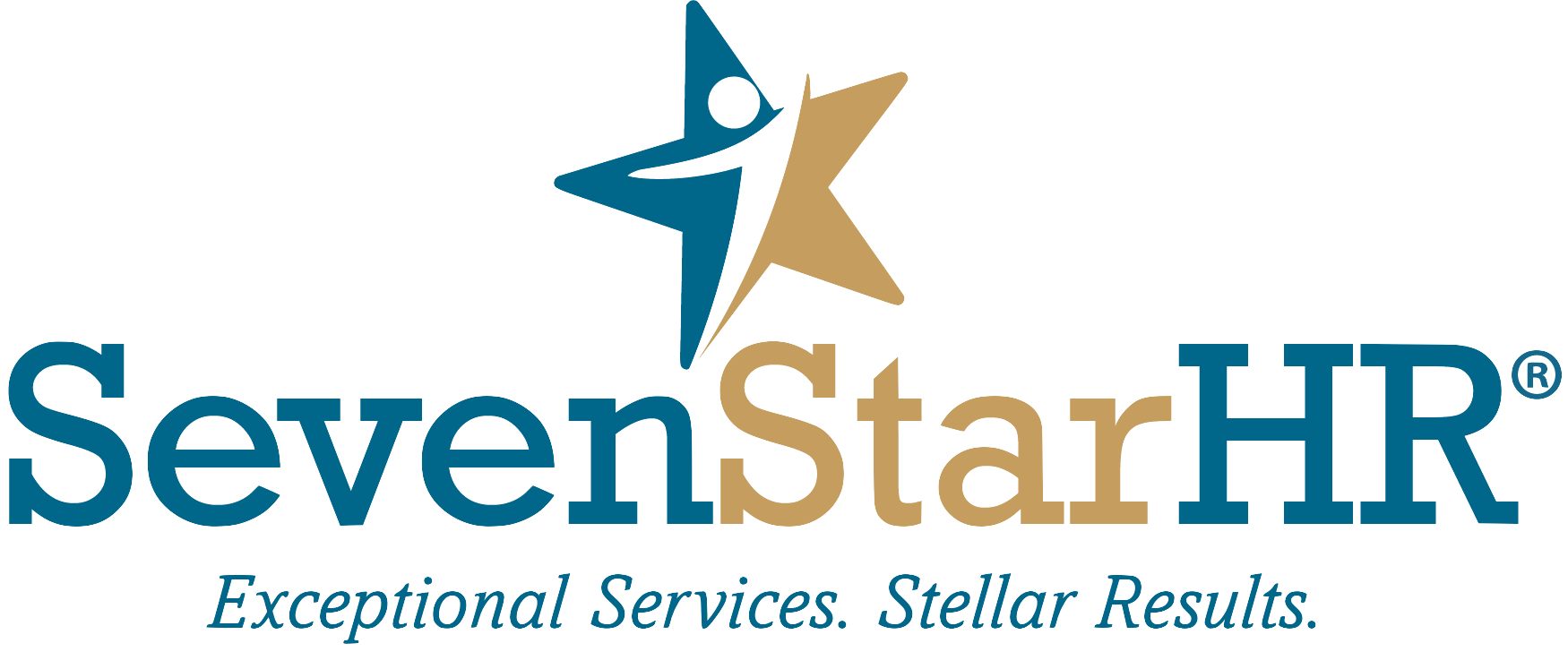A New Year, A Fresh Start: How to Conduct an HR Audit to Identify Risks and Opportunities
The start of a new year is the perfect time to take stock of your HR practices. Whether you’re managing a growing team, navigating the ever-changing landscape of employment laws, or simply wanting more than just compliance from your HR function, a thorough HR audit can help you uncover risks and opportunities that set the stage for a successful year.
Why Do You Need an HR Audit?
HR is a multifaceted and high-risk area because regulations evolve constantly—at the local, state, and federal levels. Here are some scenarios where an HR audit becomes especially crucial:
Growing businesses: If your company has grown to the point where managing vendors or HR responsibilities has been delegated, it’s time for a checkup.
Solo or overburdened HR staff: A single HR professional juggling compliance, engagement, and operations might not have the bandwidth to conduct regular audits.
New HR leadership: A fresh set of eyes needs a comprehensive understanding of existing practices, policies, and documentation.
Proactive risk management: Business leaders, even those with high risk tolerance, often want to understand potential vulnerabilities so they can make informed decisions about risks they’re willing to take.
Beyond compliance: If you want to move past the basics of compliance and leverage HR for employee engagement or organizational development, an audit is a strategic first step.
Step-by-Step Guide to Conducting an HR Audit
Review Employee Documentation
Start with foundational documents like I-9s, W-4s, and offer letters. Ensure all required forms are completed, up to date, and stored securely. Look for:Missing or expired I-9s.
Incorrect employee classifications (e.g., exempt vs. non-exempt).
Inconsistent or outdated offer letters.
Evaluate Policies and Procedures
Policies are living documents that should reflect current laws and your company’s culture. Review:Employee handbooks for compliance with federal, state, and local laws.
Time-off policies, including sick leave, PTO, and holiday schedules.
Anti-harassment, discrimination, and workplace safety policies.
Audit Payroll and Compensation Practices
Pay-related issues are among the most common sources of HR-related lawsuits. Ensure:Overtime pay complies with wage laws.
Salaries are aligned with current market benchmarks and equitable across roles.
Payroll records are accurate and compliant with legal retention requirements.
Check Benefits and Compliance
Benefits administration can be a complex area. Confirm that:Health insurance offerings comply with the Affordable Care Act (ACA).
Retirement plans meet ERISA requirements.
COBRA notices have been provided as needed.
Assess Employee Engagement and Retention
Beyond compliance, assess the health of your workplace culture. Use surveys, stay interviews, and performance reviews to identify areas for improvement.Evaluate HR Technology and Processes
Technology can streamline HR functions, but outdated systems or inconsistent processes can create risks. Check:Whether your HRIS is fully utilized.
Integration of payroll, benefits, and performance management tools.
Employee data privacy and security protocols.
The Value of a Professional HR Risk Assessment
If you’re unsure where to begin or want an expert opinion, SevenStar HR offers a complimentary risk assessment to help businesses identify vulnerabilities in payroll, benefits, compliance, and more. Our process is designed to give you peace of mind and empower you to make informed decisions about managing HR risks.
Ready to Begin?
Starting the year with an HR audit is one of the best ways to protect your business, enhance your workplace culture, and prepare for growth. If you’re ready to take the next step, contact SevenStar HR for a free online risk assessment today!
Your HR practices are the foundation of your organization’s success—start the year strong with a fresh audit.

